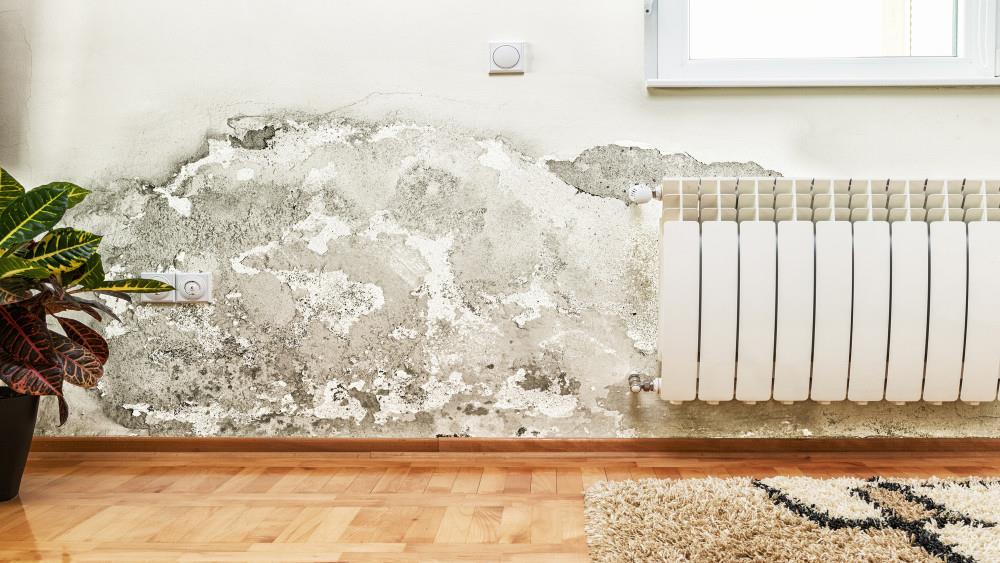

PAS 2035:2019 is being applied to a handful of projects now, with a transition period until June 2021 when it must be used on all publicly funded energy efficiency retrofits
A new standard aimed to professionalise the planning and delivery of domestic retrofits to improve energy efficiency has been welcomed by Safeguard Europe, the UK’s leading specialist in damp and waterproofing, and masonry repair solutions.
PAS 2035:2019 is being applied to a handful of projects now, with a transition period until June 2021 when it must be used on all publicly funded energy efficiency retrofits.
“PAS 2035 recognises the fact that a house must be considered holistically: making changes to one part of the building has a knock-on effect elsewhere,” said Safeguard Europe’s Managing Director Hudson Lambert. “The standard also underlines how vital the control of moisture is in creating energy efficient homes – something we have been insistent on for a long time.”
The ethos behind PAS 2035 is that retrofit programmes should be based on a logical, science-driven approach. It sets out a framework for creating home-specific upgrade plans that incorporate several measures, perhaps to be installed in phases over years or even decades.
Historically, retrofit programmes have been driven by grants and funding with the measures offered defined by the nature of the grant rather than what would have the most effect for a particular property. So, for instance, a super-efficient boiler could be installed in a house with single glazing and huge draughts.
Poorly installed, or poorly designed, retrofit measures have meant that the energy performance of some homes has been downgraded rather than upgraded. Scenarios include poorly installed external wall insulation which allows rain to get behind it; cavity wall insulation that has created a pathway for damp through the walls; and floor insulation that moves the dew point for moist air into timbers, causing them to rot away over time.
The first step for any energy efficiency improvement works should be to ensure the integrity of the existing building envelope. Any moisture, damp or mould should be investigated and alleviated before insulation or any other modifications are made to the property. Damp walls transmit more heat than dry ones, so it is important that additions such as internal or external insulation don’t exacerbate an existing damp problem.
PAS 2035, which comes with sister document PAS 2030 that sets out a certification process for installers, introduces some new roles including a Retrofit Assessor and a Retrofit Coordinator. The Coordinator role will be a particularly demanding one, as it requires professionals to have a broad understanding of design and installation, as well as a good grasp of buildings physics and behaviour.
“The lynchpin of the whole PAS 2035 framework will be the Retrofit Coordinator,” added Lambert. “Although there are some rules of thumb that will work for some properties, this is a complex area which requires an in-depth knowledge of the subject including how to apply the various equations from the standard in different situations.”
Safeguard Europe is creating training material to aid the identification and treatment of damp. Its inhouse technical experts can provide specific advice and guidance.